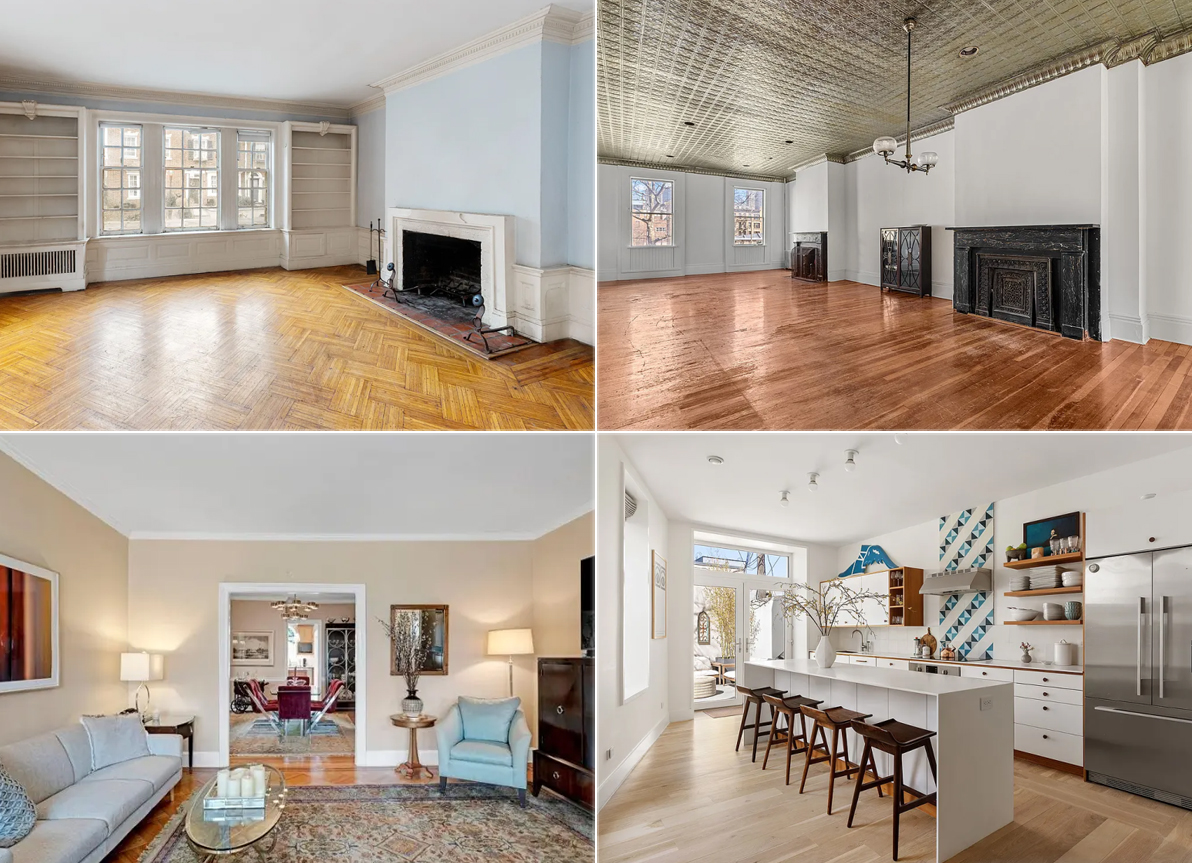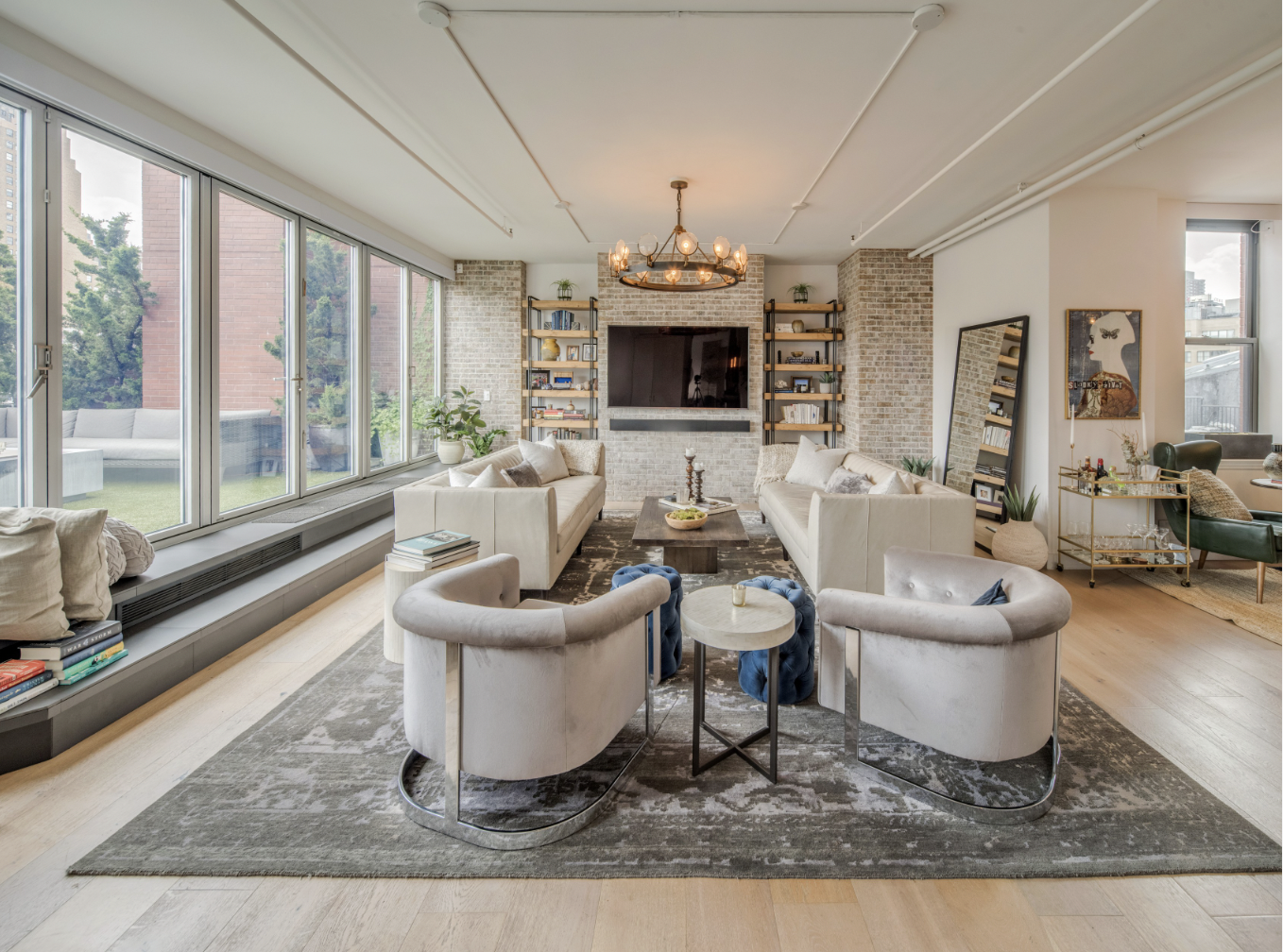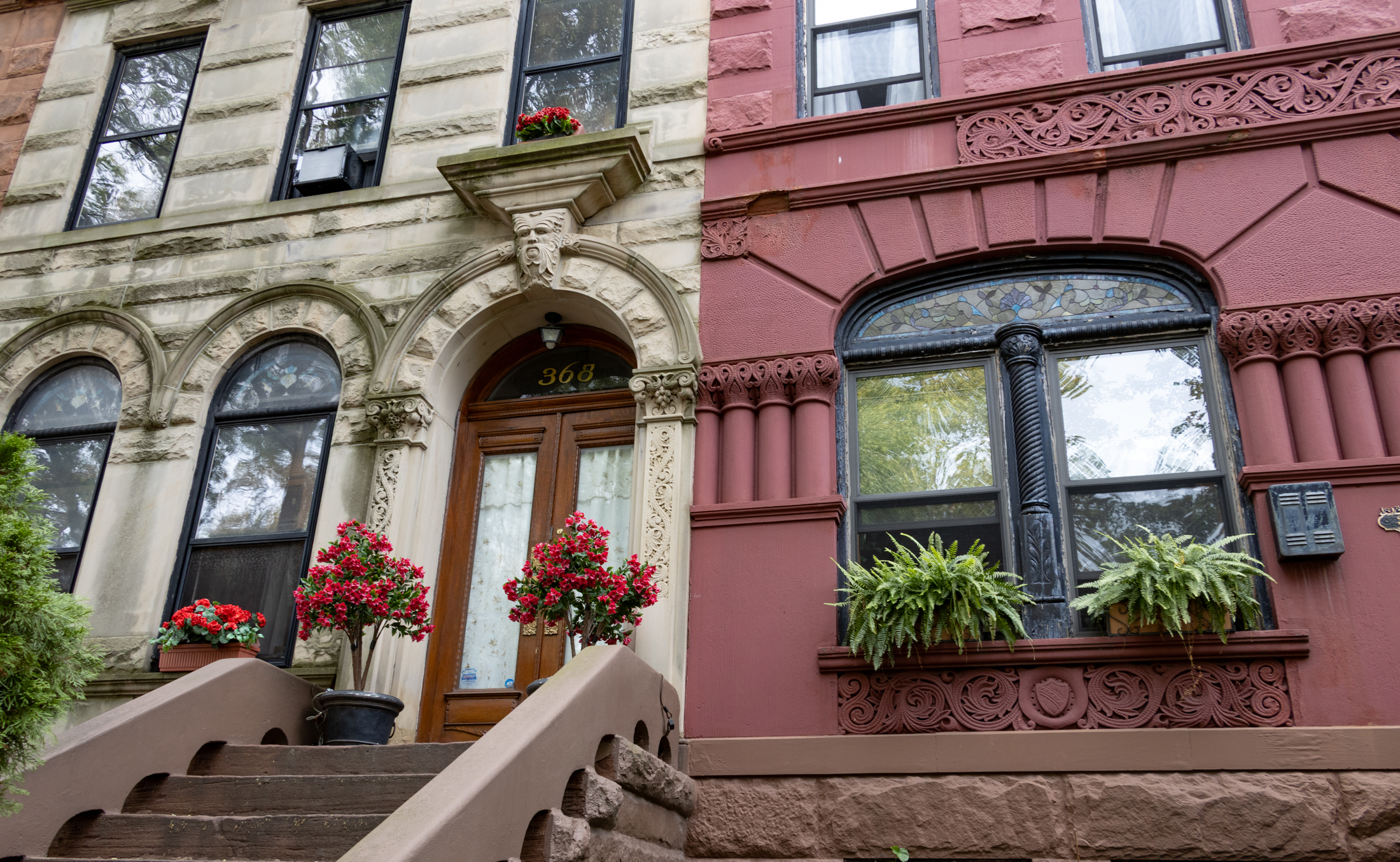PLG House Sells Over Ask
[nggallery id=”53716″ template=galleryview] Park Slope is not the only place where houses are flying off the shelf these days? Prospect Lefferts Gardens is getting in on the action too, as evidenced by this recent data point: After hitting the market with Douglas Elliman with an asking price of $899,000 on January 5, the three-story brownstone…
[nggallery id=”53716″ template=galleryview]
Park Slope is not the only place where houses are flying off the shelf these days? Prospect Lefferts Gardens is getting in on the action too, as evidenced by this recent data point: After hitting the market with Douglas Elliman with an asking price of $899,000 on January 5, the three-story brownstone at 251 Fenimore Street closed on February 4 for $935,000. What is this, 2007?





Dudeabides: how could you possibly know the future risk of alternative investments?
Answer: You cant. I agree that with DIBS that if you are going to use opportunity cost in your calculation, you would use as close to a risk free investment as possible.
But why bother, since nobody can say with any degree of certainty how real estate or the stock market will perform a day, a month or a year from now.
Personally, I guess that interest rates will be higher a year from now. So I would like to be a borrower. And hopefully by tomorrow afternoon I will be!
Nomi, I’d say it’s just a poorly done floorplan. This is a single family house, so there is no second kitchen. In the original design the entire ground floor would be for cooking and dining (kitchen in rear, formal dining room in front). The entire parlor floor would be an entertaining/living space, and the bedrooms would all be upstairs. The way a family would use it today might make a third bedroom in the rear of the parlor floor or the front of the garden floor. Pretty flexible layout for contemporary living.
Invisible, we love BHO. We talk sports, but his ideas on real estate have not really panned out. Or yet, as he would say.
“Three years at this and you’re still at it.”
Three years and no bottom. Unless of course you fell for the first dip. Whoops!
***Bid half off peak comps***
There are multiple non-rational reasons for buying a house. Im quite sure the typical home buyer doesn’t say to themselves “Let me examine the opportunity costs of…”.
Being a renter drove me crazy. You could never redo things and go whole hog decorating. Also, none of the money you ever paid went to principal.
If there weren’t non-rational influences at play, why would anyone ever rent or buy more than the least expensive, closest apartment or house?
Isn’t my question more important than any of this?
i’m having a chuckle over BHO is officially now being baited by brownstoners…. that is much more satisfying than the PLG house selling over ask.
DIBS: Economically, the figure you should use for equity opportunity cost would be your leveraged price appreciation assumption as the apples-to-apples comparison needs to be with an investment with the same risk profile. Using the risk-free rate doesn’t make economic sense because a) it isn’t leveraged and b) it implies you are taking no price appreciation risk on the house, which clearly isn’t the case.
Also, most people have no idea why they own a particular stock other than maybe some inkling of what business the company is in. They have no concept of valuation nor of risk/reward.
many retail investors truly believe that a $12 stock is cheaper than a $45 stock. These are also the type of people who can’t understand basic financing options for mortgages when explained to them.